Understanding Cat Stress
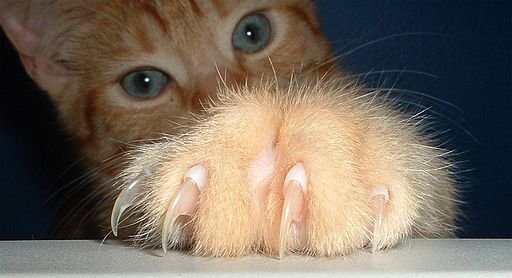
Just like humans, cats can experience stress due to various factors in their environment. However, unlike humans, cats cannot communicate their feelings directly, so it’s important for owners to be familiar with the signs of stress in their feline friends. Recognizing stress in cats and addressing it promptly is essential for their mental and physical wellbeing. This article will explore five signs your cat might be stressed and provide practical solutions to help them relax.
Recognizing Behavioral Changes
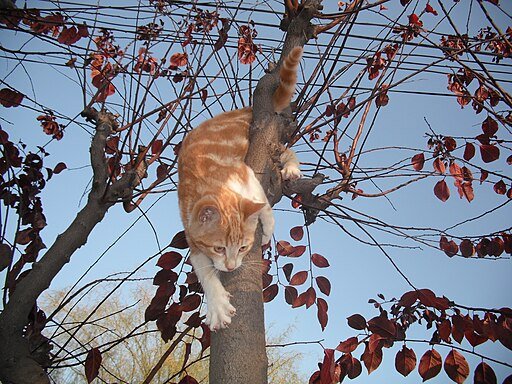
Cats are creatures of habit, and sudden changes in their behavior can indicate stress. If your cat starts to hide more often, becomes overly aggressive, or stops interacting with family members, these behavioral changes could be a response to environmental stressors.
Unexplained Aggression or Fear
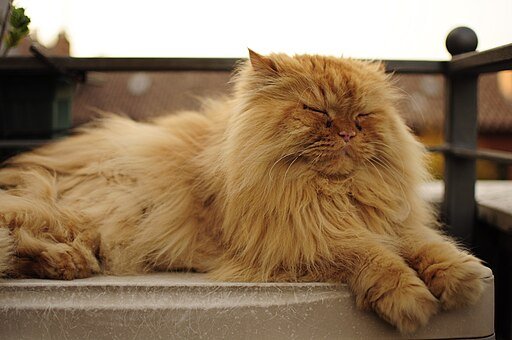
Stress can manifest as increased aggression or fear in cats. They may hiss, scratch, or bite unprovoked or grow more fearful of people or other pets. This change in temperament can be unsettling and is often a clear indication that something is amiss in their world.
Altered Eating Habits
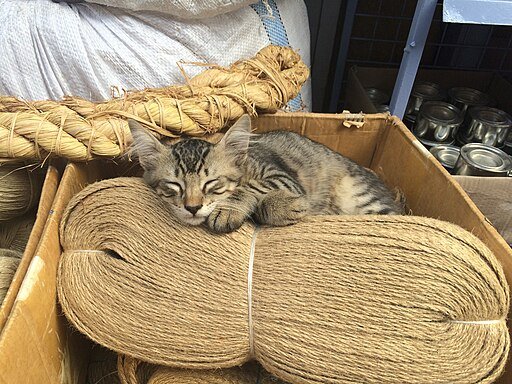
A stressed cat may show changes in their eating habits. Some cats may overeat as a comfort mechanism, while others may lose their appetite entirely. These alterations can lead to unhealthy weight changes, either gaining or losing weight rapidly, which can further impact their health.
Changes in Grooming Behavior
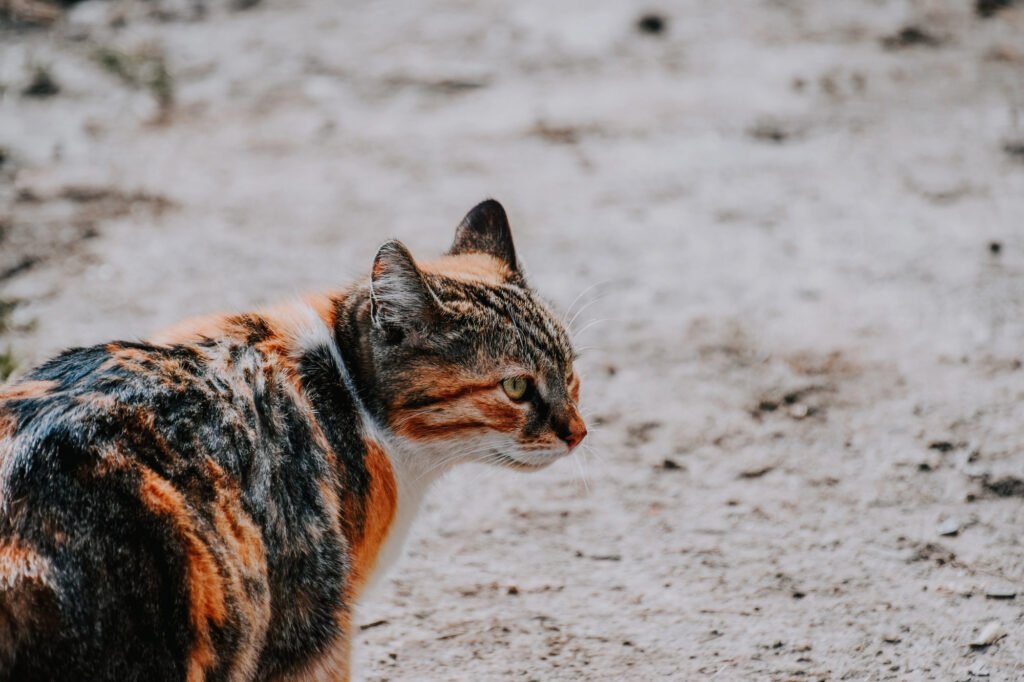
Grooming is a natural behavior for cats, but when stressed, they might either over-groom or neglect it entirely. Over-grooming can lead to patches of bald skin, while under-grooming might result in a disheveled, unkempt appearance.
Litter Box Issues
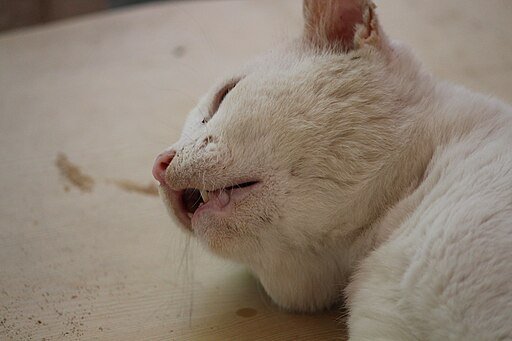
One of the most frustrating signs of feline stress for pet owners is litter box avoidance. A stressed cat might urinate or defecate outside of their litter box despite being previously well-trained. This behavior is a classic sign that something is causing them distress.
Identifying Potential Stressors
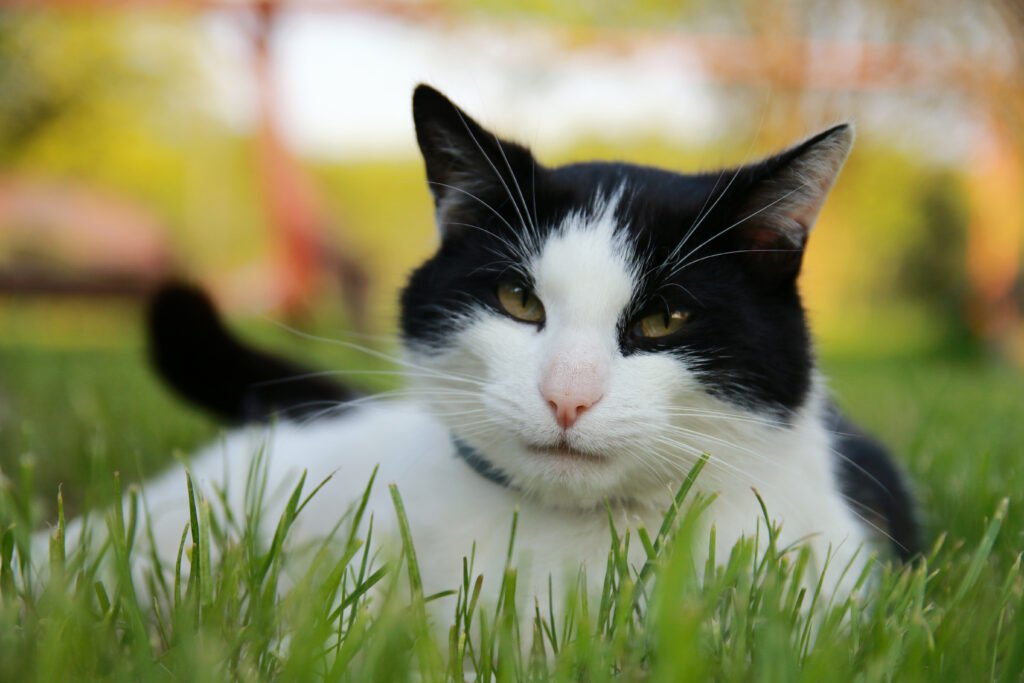
The first step in addressing your cat’s stress is to identify the potential stressors. These could be changes in the home environment, such as new pets, new family members, or alterations to their routine. Identifying these triggers can help in creating a more comforting environment for your feline friend.
Providing a Safe Space
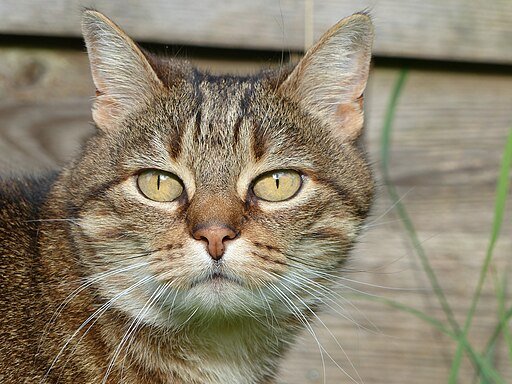
Cats need a dedicated safe space where they can retreat when feeling overwhelmed. This space should be quiet, away from family traffic, and equipped with comfortable bedding and their favorite toys. A sense of security can significantly reduce their stress levels.
Enhancing Environmental Enrichment
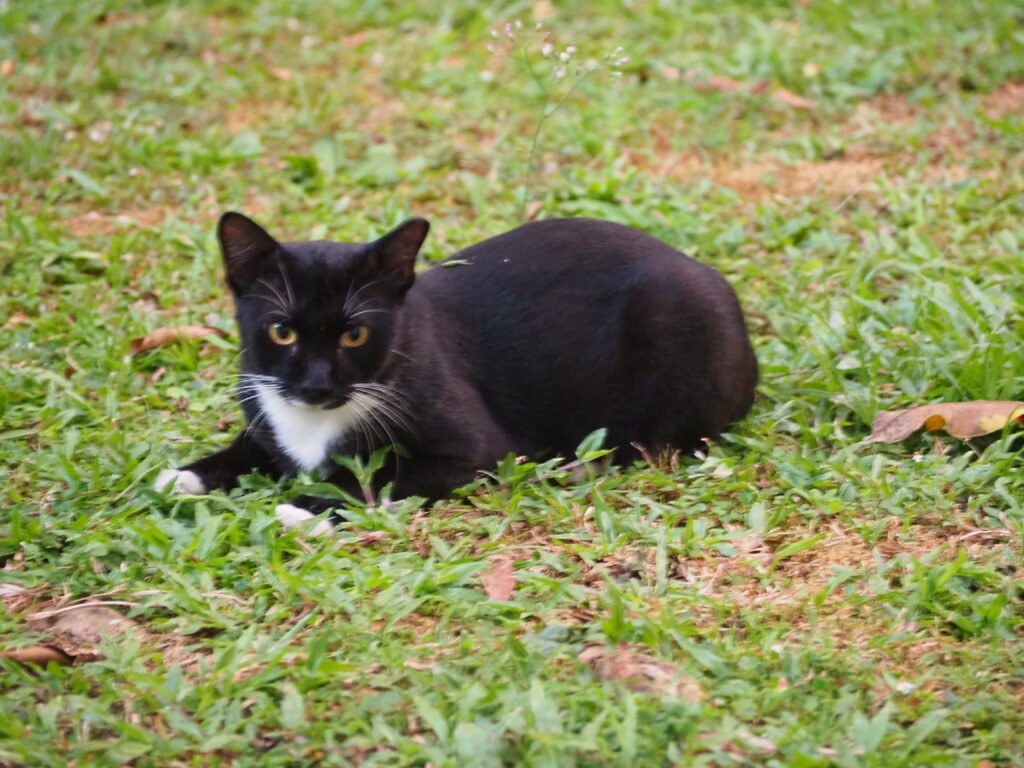
Providing environmental enrichment is crucial for a cat’s mental stimulation and stress relief. This can include toys that mimic prey, interactive playtime, scratching posts, and the presence of windows for them to watch the happenings outside. Keeping your cat entertained can minimize stress and boredom.
Maintaining a Routine
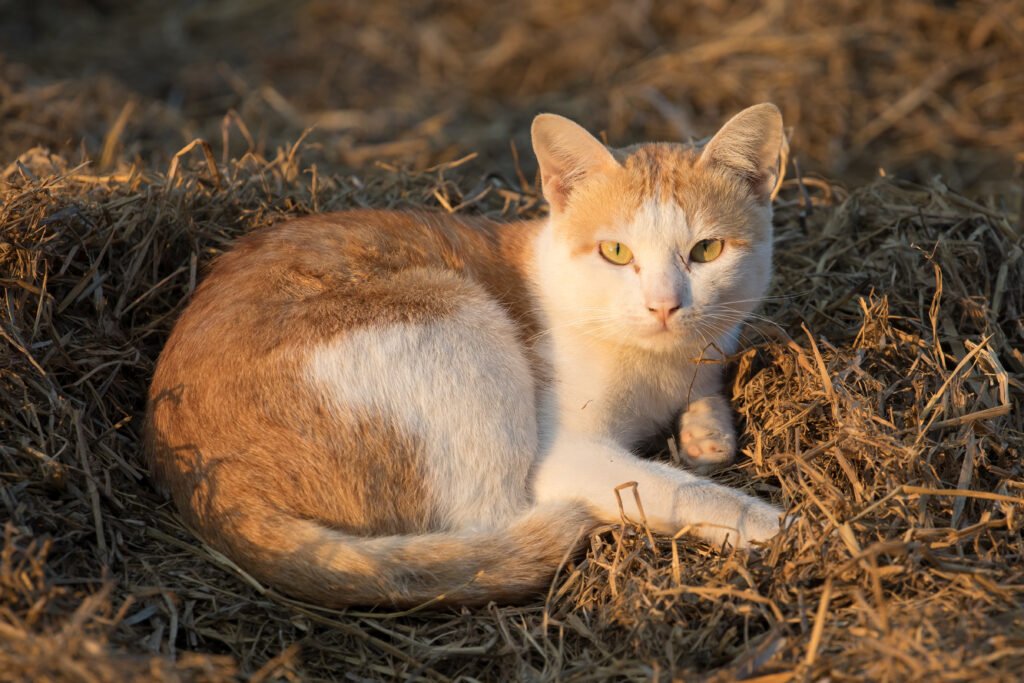
Cats thrive on routine, so maintaining a consistent schedule for feeding, playtime, and grooming helps reassure them and reduce stress. Sudden changes can upset them, so try to keep their daily activities predictable.
Consulting a Veterinarian
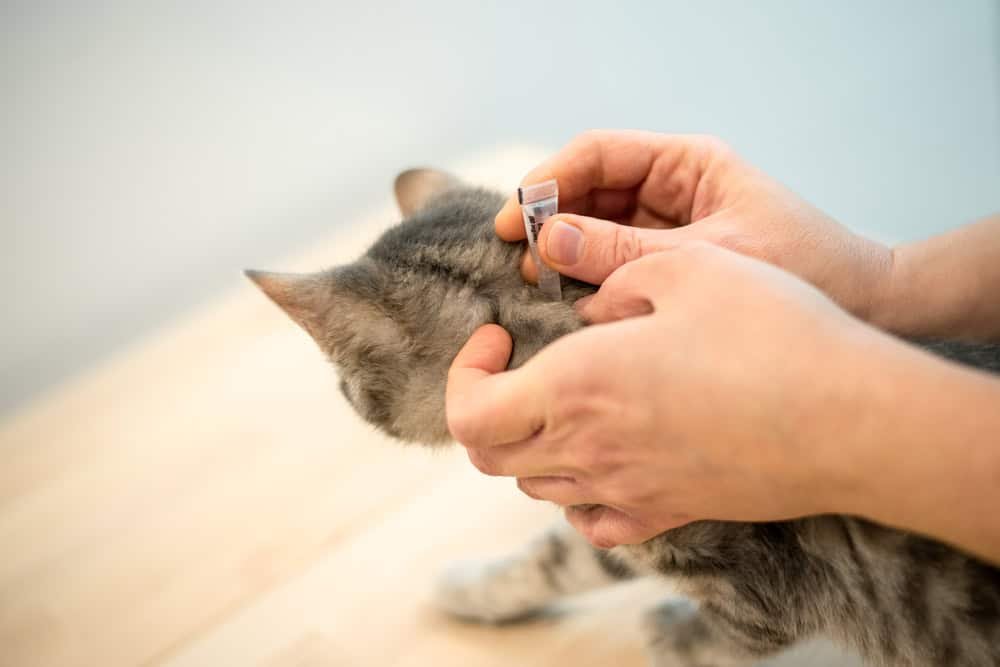
If your cat’s stress symptoms persist despite these interventions, it may be time to consult a veterinarian. Medical issues can sometimes manifest as behavioral changes, so ruling out any underlying health problems is vital. Your vet can also recommend specific treatments or strategies to help manage your cat’s stress effectively.
Proactive Care for a Stress-Free Cat
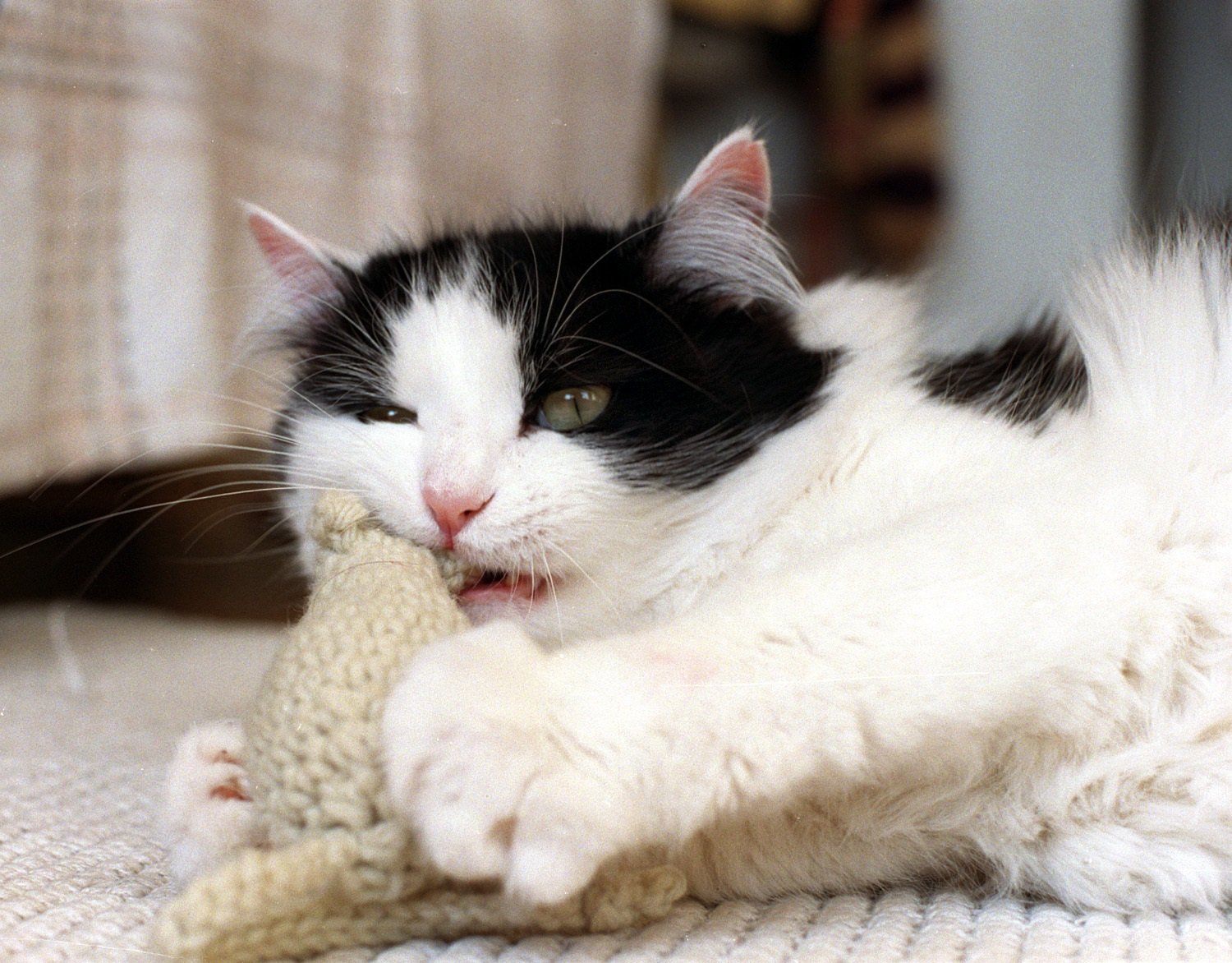
Understanding and managing cat stress is a significant part of responsible pet ownership. By observing changes in behavior, providing a secure and enriched environment, and consulting professionals when necessary, you can ensure your feline companion leads a happy, stress-free life. Fostering their well-being will not only improve their quality of life but will also strengthen the bond you share with them.

Suhail Ahmed is a passionate digital professional and nature enthusiast with over 8 years of experience in content strategy, SEO, web development, and digital operations. Alongside his freelance journey, Suhail actively contributes to nature and wildlife platforms like Feline Fam, where he channels his curiosity for the Feline into engaging, educational storytelling.
With a strong background in managing digital ecosystems — from ecommerce stores and WordPress websites to social media and automation — Suhail merges technical precision with creative insight. His content reflects a rare balance: SEO-friendly yet deeply human, data-informed yet emotionally resonant.
Driven by a love for discovery and storytelling, Suhail believes in using digital platforms to amplify causes that matter — especially those protecting Earth’s biodiversity and inspiring sustainable living. Whether he’s managing online projects or crafting wildlife content, his goal remains the same: to inform, inspire, and leave a positive digital footprint.






